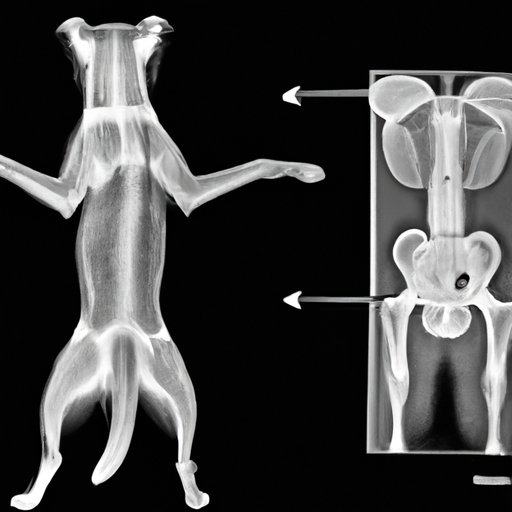Understanding Your Dog’s Anatomy
You might be surprised to learn that your dog’s anatomy isn’t all that different from your own. Just like you, your furry friend has vital organs that play crucial roles in their body’s overall functioning. Among these are the kidneys, a pair of bean-shaped organs that your dog relies heavily on for their health and well-being.
The Important Role of Kidneys in Dogs
Your dog has two kidneys, just like you. These often overlooked organs are situated near the back of your dog’s abdomen, and they have several very important functions:
- Filtering Waste: The kidneys remove toxins from your dog’s bloodstream.
- Maintaining Fluid Balance: They regulate the balance of water and electrolytes in your dog’s body.
- Producing Hormones: The kidneys produce hormones that help control blood pressure and stimulate the production of red blood cells.
Common Kidney Problems in Dogs
Unfortunately, just like in humans, dogs’ kidneys can be prone to a variety of health problems. These include, but are not limited to:
- Kidney infections
- Kidney stones
- Chronic kidney disease
- Acute kidney injury
It’s essential to be aware of these potential issues and to keep an eye out for symptoms that might indicate a problem, such as changes in your dog’s appetite or urine output, lethargy, vomiting, or unexplained weight loss.
| Potential Kidney Problem | Common Symptoms |
|---|---|
| Kidney Infections | Fever, Back Pain, Frequent Urination |
| Kidney Stones | Blood in Urine, Pain, Vomiting |
| Chronic Kidney Disease | Increased Thirst, Loss of Appetite, Weight Loss |
| Acute Kidney Injury | Lethargy, Loss of Appetite, Vomiting |
How to Support Your Dog’s Kidney Health
Supporting your dog’s kidney health starts with a balanced diet and plenty of clean, fresh water. Regular exercise also plays a role, as it helps to maintain your dog’s overall health and well-being. Regular veterinary check-ups are also crucial, as they can help to catch any problems early before they become more serious.
Frequently Asked Questions
Q: Can a dog live with one kidney?
A: Yes, a dog can live with one kidney, provided the remaining kidney is healthy and functioning properly.
Q: How can I tell if my dog has a kidney problem?
A: Symptoms can vary, but common signs include changes in thirst and urination, loss of appetite, vomiting, and lethargy.
Q: How are kidney problems treated in dogs?
A: Treatment depends on the specific problem and its severity. It might include dietary changes, medications, or in some cases, surgery.
Q: Can kidney problems in dogs be prevented?
A: While you can’t prevent all kidney problems, maintaining a healthy lifestyle for your dog can reduce the risk. This includes a balanced diet, regular exercise, and routine veterinary check-ups.



